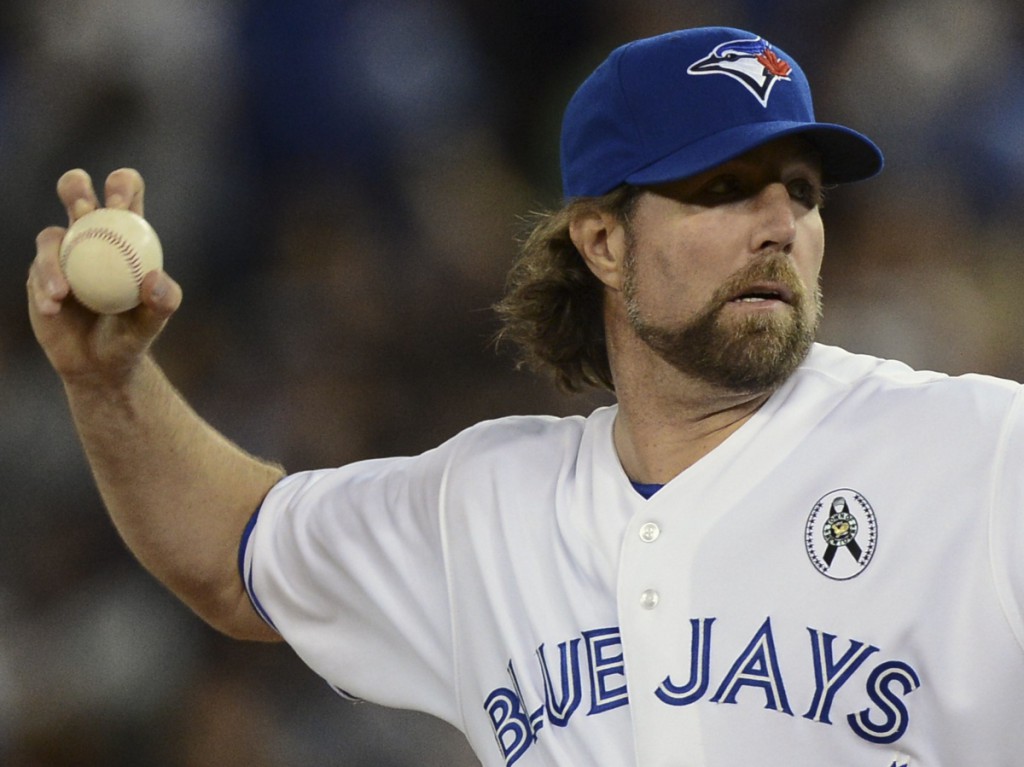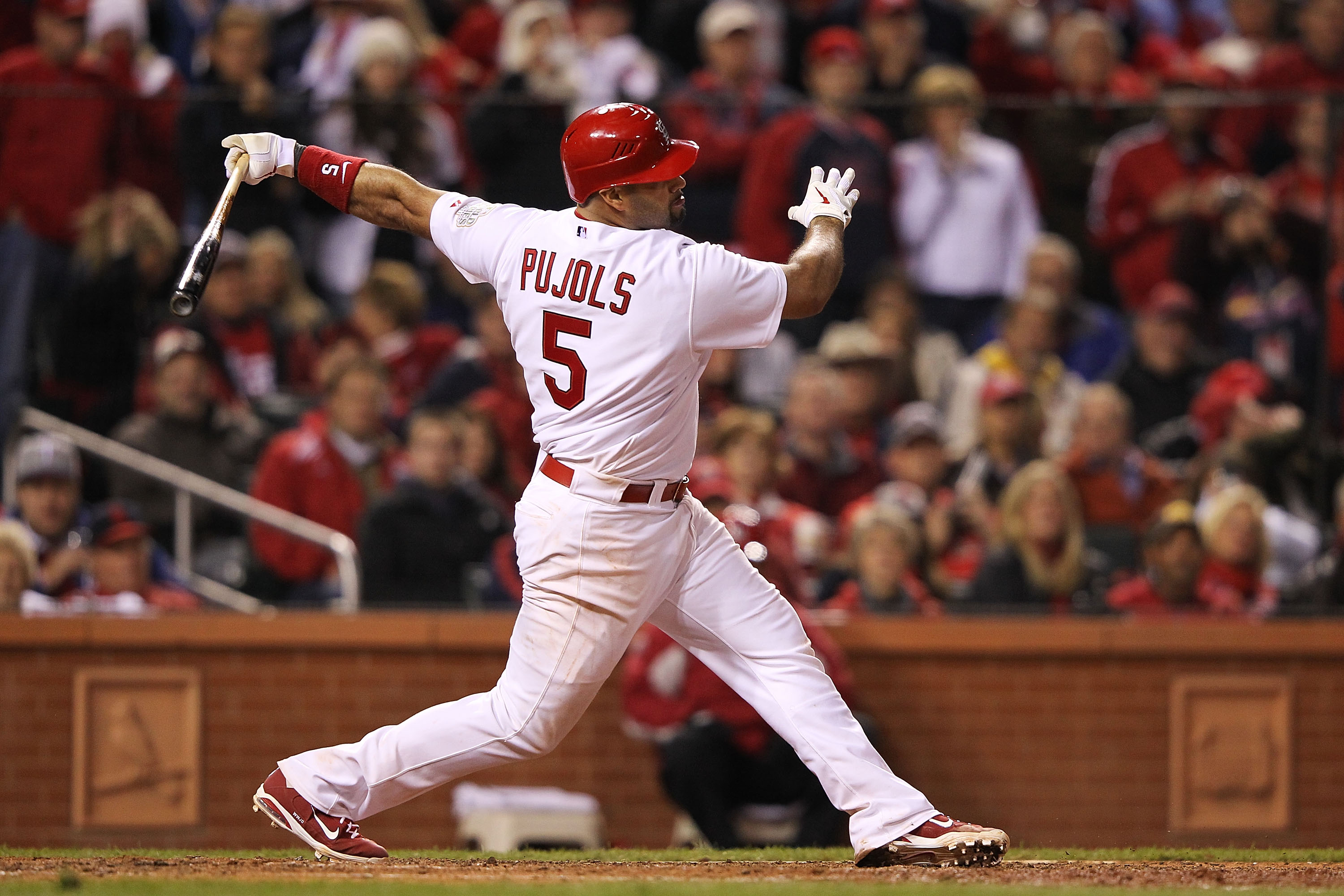Part 2 of (some number) of this series on home run trends will look at pitch speed, thanks to PITCHf/x data. In case you missed it, I looked at how the count of each at-bat affects home runs. I found that batters who swing on the first pitch typically find more success, both in terms of hitting the long ball and just getting on base in general. Now, let’s talk about pitch speed.
For this study, I looked at all pitches in the 2014 season that were between 70 and 100 mph. I then looked at two specific things – the percentage of pitches by speed that resulted in a home run and the percentage of home runs in the league by pitch speed. Let’s start with the former – here’s the data and the graph.
| Pitch Speed | 2014 Pitches | 2014 HR | 2014%HR |
| 70 | 1269 | 4 | 0.32% |
| 71 | 2027 | 9 | 0.44% |
| 72 | 3337 | 11 | 0.33% |
| 73 | 4910 | 31 | 0.63% |
| 74 | 6595 | 25 | 0.38% |
| 75 | 7764 | 53 | 0.68% |
| 76 | 9646 | 58 | 0.60% |
| 77 | 11984 | 66 | 0.55% |
| 78 | 14925 | 78 | 0.52% |
| 79 | 6032 | 96 | 1.59% |
| 80 | 6881 | 132 | 1.92% |
| 81 | 7510 | 116 | 1.54% |
| 82 | 8384 | 138 | 1.65% |
| 83 | 9308 | 178 | 1.91% |
| 84 | 10763 | 176 | 1.64% |
| 85 | 30659 | 182 | 0.59% |
| 86 | 31723 | 188 | 0.59% |
| 87 | 34272 | 238 | 0.69% |
| 88 | 39599 | 280 | 0.71% |
| 89 | 47300 | 289 | 0.61% |
| 90 | 34718 | 387 | 1.11% |
| 91 | 39468 | 394 | 1.00% |
| 92 | 40345 | 359 | 0.89% |
| 93 | 35144 | 286 | 0.81% |
| 94 | 36952 | 183 | 0.50% |
| 95 | 23579 | 120 | 0.51% |
| 96 | 13769 | 45 | 0.33% |
| 97 | 6889 | 18 | 0.26% |
| 98 | 2782 | 7 | 0.25% |
| 99 | 886 | 2 | 0.23% |
| 100 | 349 | 0 | 0.00% |
| Total | 529769 | 4149 | |
| 4186 (league total) |
It looks like the sweet spot is in the 78-84mph range in terms of pitch velocity. There’s also an uptick around 90mph, and it continues to trail off the faster the pitches become. I wasn’t expecting such a large spike and I think there could be some benefit to targeting pitchers who typically throw in this range, either just naturally or because of a missed pitch.
On BaseballSavant.com, you can search for pitchers in the “PITCHf/x search” section and find which ones throw the largest percent of pitches in that range. Here’s a query for that range last season (minimum of 1,000 pitches thrown on the season):

Mark Buehrle threw over half of his pitches in that 78-84mph range and probably got a little bit lucky with his super-low HR/9 last season (0.67), as his HR/FB rate (6.6%) was far below league-average (around 10%). Other than that, many of these guys gave up a bunch of long balls – Eric Stults, for example, was third in the league among qualified pitchers in HR/9 at 1.33.
Now, let’s look at the percentage of home runs in the league by pitch speed. Again, here’s the table and graph.
| Speed | %AllHR |
| 70 | 0.10% |
| 71 | 0.22% |
| 72 | 0.26% |
| 73 | 0.74% |
| 74 | 0.60% |
| 75 | 1.27% |
| 76 | 1.39% |
| 77 | 1.58% |
| 78 | 1.86% |
| 79 | 2.29% |
| 80 | 3.15% |
| 81 | 2.77% |
| 82 | 3.30% |
| 83 | 4.25% |
| 84 | 4.20% |
| 85 | 4.35% |
| 86 | 4.49% |
| 87 | 5.69% |
| 88 | 6.69% |
| 89 | 6.90% |
| 90 | 9.25% |
| 91 | 9.41% |
| 92 | 8.58% |
| 93 | 6.83% |
| 94 | 4.37% |
| 95 | 2.87% |
| 96 | 1.08% |
| 97 | 0.43% |
| 98 | 0.17% |
| 99 | 0.05% |
| 100 | 0.00% |

This graph better accounts for the volume of pitches thrown at each level of speed. Almost 10% of all the home runs in the league came from pitches thrown at 91mph. I got into an interesting conversation on Twitter the other night about the relationship between pitch velocity and batted ball speed. It looks like batters do hit the ball farther when a pitch is at a higher velocity, but there’s obviously a trade-off between that and the ability to make good contact – a Randy Johnson-fastball might be easier to hit out of the park than a 90mph missed fastball if you make contact, but it obviously isn’t very easy to make contact.
So at what speed do you see the most value? Or another way to put is the table below – if home runs were hit at the same rate at each level of speed, we’d expect 5.99% of home runs to come on balls thrown at 86mph, as that’s the percentage of pitches thrown in the league at that speed. As you can see, the number was actually 4.49%. The column on the right marks the difference between the two.

The speeds that had home runs more than expected the most were at 83, 84, and 90mph, with the latter being the most of all. I’d guess that several 90mph pitches were either missed pitches (just didn’t get the velocity on the fastball a pitcher wanted) or just subpar pitchers who don’t have the velocity the top-tier ones do. If it’s the latter, then it’s a pretty obvious correlation that you probably already know – target bad pitchers. If it’s the former, perhaps there’s a way to research which pitchers have the highest variance on their pitches (like which fastballs fluctuate the most in terms of mph).
But that’s another study for another day. The PITCHf/x data is certainly interesting and I would encourage you to check it out, even if you don’t want to use it as an integral part of your DFS research. Even a small edge can mean a big difference in DFS, especially in large GPPs with tons of entries.






